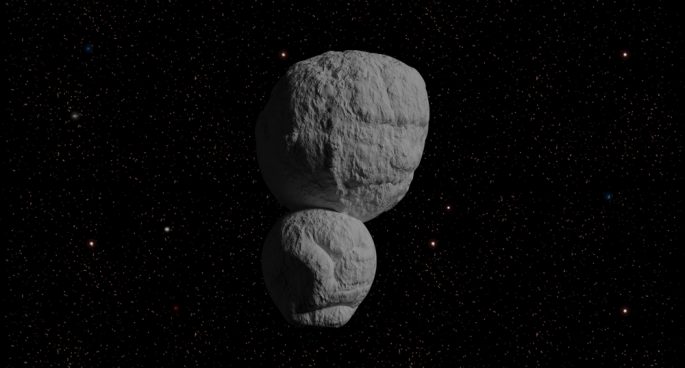Out of this world news
New discoveries in outer space spark discussions across world
Dec. 11, 1972 was not only the last time the United States landed on the Moon, but it was also the last time any Americans left low-Earth orbit. Although the United States hasn’t landed any people on another planet or the moon in nearly five decades, NASA has been sending spacecraft to explore the galaxy since the 1950s.
The United States is not the only country exploring outer space though. During the Cold War, the United States competed with the Soviet Union to have the best spacecraft and satellites. Today, China is sending more rockets into space than any other country. In 2018, China sent 39 rockets into space while the United States sent 31 and Russia only sent 20.
Although the United States wants to be the first to discover new life around the galaxy, it is still exciting when another country has new findings. On Jan. 3, China landed its Chang’e 4 probe on the dark side of the moon. The United States, Russia and China have all successfully landed spacecraft on the moon, but this makes China the first country to ever land on the far side of the moon.
“The space dream is part of the dream to make China stronger,” President Xi Jinping said.
This was such an accomplishment for China because landing a rover on the far side of the moon required a special type of spacecraft to choose a safe space to land in the treacherous terrain of that area.
Although it’s been less recognized in the news, the United States also made history in space this month. NASA’s New Horizons probe survived its encounter with Ultima Thule, which is a rocky relic from the solar system’s infancy that means “beyond the borders of the known world.”
“We have just completed the most distant fly-by. We are ready for Ultima Thule science transmission — science to help us understand the origins of our solar system,” New Horizons mission operations manager Alice Bowman said.
The probe’s cameras and recorder were facing in the right direction when it encountered Ultima Thule. With Ultima Thule being four billion miles from Earth, it’s the farthest celestial body that any scientists have ever viewed up close. This accomplishment opens a new door to future space exploration in a place that people know so very little about.
On Jan. 7, NASA announced that its Transiting Exoplanet Survey Satellite (TESS) identified another exoplanet that is three times the size of Earth. An exoplanet is a planet that orbits a star outside the solar system. This exoplanet, also called HD 21749b, is approximately 53 light-years from Earth. HD 21749b completes one orbit of its host star every 36 Earth days.
Although there is an abundance of information that scientists don’t know about space, they’re learning new things every day. Each new discovery could potentially change the way scientists explore space.



